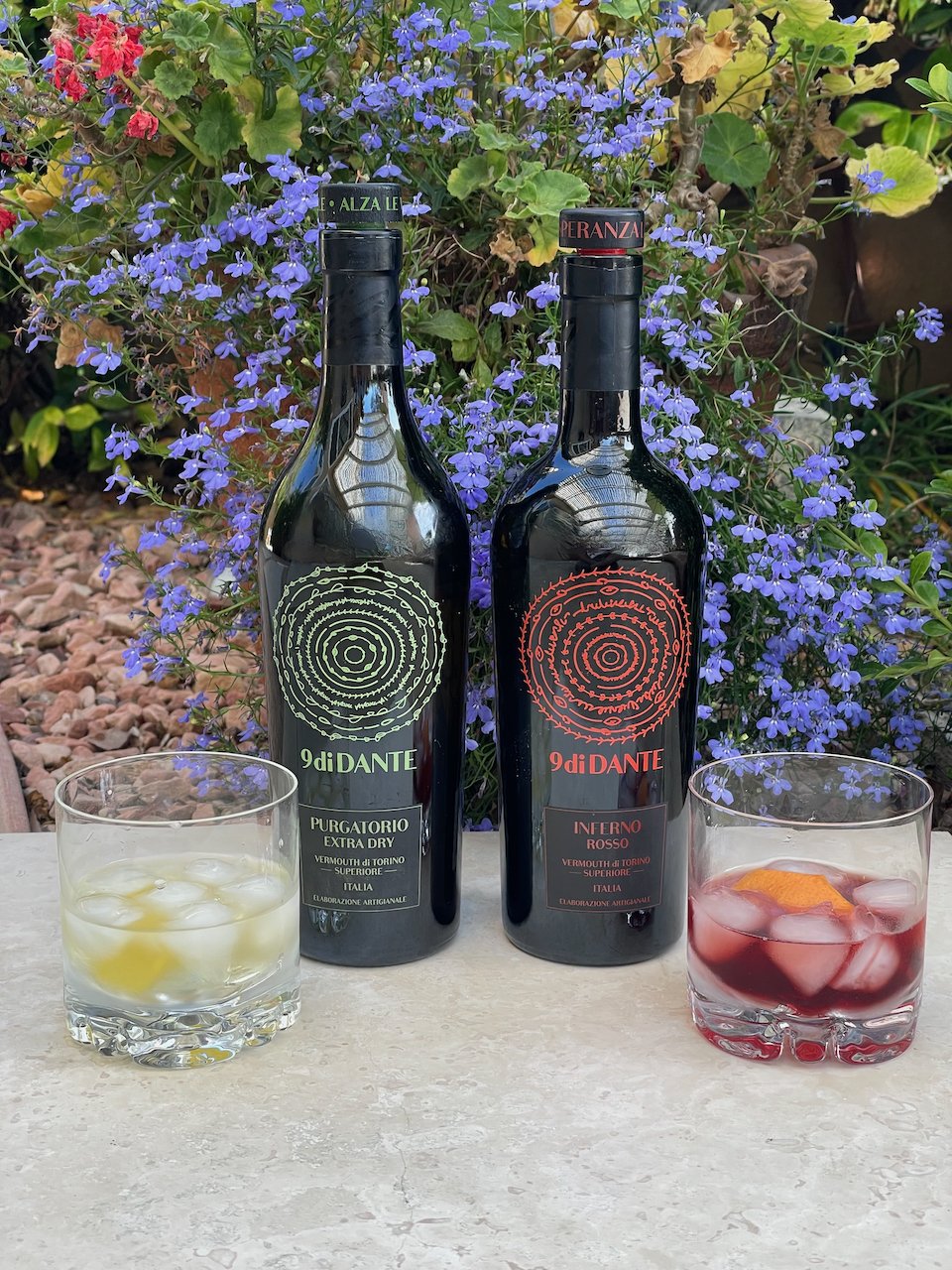Photo by The Printable Concept on Unsplash
Summer is a great time to enjoy light, refreshing wines.
Light wines are versatile and can be enjoyed on their own as a refreshing drink or paired with a wide range of summer dishes, from salads and grilled vegetables to seafood and lighter meats and they won’t overpower the flavors of lighter summer foods.
Many light wines have lower alcohol content. This can be preferable in hot weather as they are more thirst-quenching and more likely to leave you refreshed.
The flavor profiles of light wines, such as citrus, green apple, and floral notes, just shout freshness which is especially appreciated during the warm summer months.
Summer foods tend to be lighter and fresher. So, light wines will complement these foods well and enhance their flavors.
When choosing a wine for summer, consider lighter styles, lower alcohol content, and wines that can be served chilled. These characteristics make them ideal for enjoying on a warm day or pairing with seasonal cuisine.
Here are just a few wines that are perfect for summer:
Rosé - Rosé wines come in various styles from dry to sweeter options. They can have flavors ranging from red berries to citrus, making them extremely versatile and a refreshing option.
Sparkling Wines - Sparkling wines go with almost any food. But, the chilled bubbles make them especially fit for summer. Prosecco, a sparkling wine from Italy, is light, fruity, and often slightly sweet. It's perfect for summer celebrations.
Sauvignon Blanc - This seems to be the go-to wine of summer with bright, refreshing acidity and fresh fruit flavors of citrus, green apple, and sometimes tropical fruits like passion fruit or pineapple.
Chenin Blanc - This is another light, refreshing wine that offers crisp acidity with flavors of apple, pear, and honey.
Pinot Grigio/Pinot Gris - Also a go-to summer light-bodied wine with refreshing acidity. Its flavors can range from crisp citrus to stone fruits like pear or peach.








